Many people face the diagnosis of osteochondrosis in the lumbar region.Symptoms of the disease: persistent pain in the lower back, as well as limited movement, loss of sensitivity, and so on.However, it should be noted that the disease without treatment can cause many neurological complications.So what's the disease?What is the first sign?What methods of treatment do modern medicine offer?This information is useful for every reader.
What is osteochondrosis?

Osteochondrosis is a chronic progressive disease accompanied by deterioration of connective tissue and spinal cord.The process of pathological change in tissue begins in the intervertebral disc.The structure is made up of fibrous rings, where there is a pulp nucleus like gel.
As a result of common metabolism violations, gradually drying of the nucleus occurs.Along with this, changes are also observed in fibrous rings: tears and cracks are formed in the tissues, resulting in the core that can surpass.The same process affects the vertebrate condition, as the vertebra should withstand heavy loads.Therefore, not only the intervertebral disc, but also the vertebra, ligaments and intervertebral joints are involved in the process.
As a rule, the disease begins in adulthood or old age, although there are cases when the disease is diagnosed in adolescents.In this way, lumbar osteochondrosis is the most common form of the disease.
The cause of the development of a disease
This pathology develops with a violation of normal metabolism and the presence of physical improvement.Keep in mind that the degenerative process, as a rule, is launched under the influence of several factors at once.To date, lumbar osteochondrosis is considered a multifactorial disease.Here are the most common causes of degeneration.
- First of all, it should be noted as a hereditary tendency.The cause may be part of the congenital anatomical features of frame and metabolic disorders, such as wrong glycoprotein metabolism.
- Risk factors include flat feet, because with this pathology there is a normal distribution of loads on the spine.
- In some cases, osteochondrosis develops with a background of spinal injury.
- Static load can also be associated with risk factors.For example, stand a long time or stay in an uncomfortable position.
- Physical tension can also start the degenerative process, especially when it comes to professional athletes.
- Often, the process develops in obese people, because the spine, as well as the whole framework, lends itself to increased load.
The severity of lumbar osteochondrosis
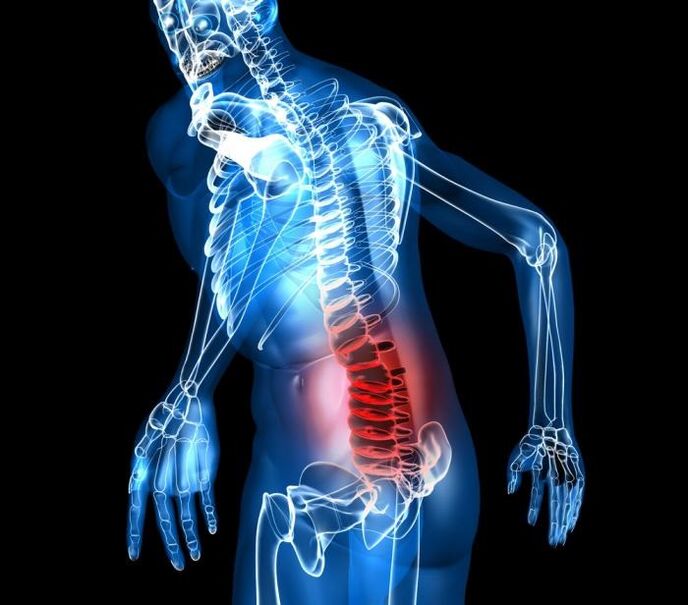
The disease develops gradually.To date, it is common to distinguish four major degrees of osteochondrosis in the lumbar region (some doctors emit three).
- In the first stage, there is a gradual change and the movement of the jacket nucleus inside the intervertebral disc.
- Lumbar osteochondrosis at the 2nd level is characterized by the destruction of fibrous rings.
- In the third stage, as a rule, there is a rupture of fibrous rings, as a result of the gelatin nucleus moving beyond its limits, so the intervertebral disc hernia is formed.
- The fourth stage of the disease is accompanied by deterioration of vertebra, ligaments and joints, resulting in spondylarthrosis.
Lumbar osteochondrosis: symptoms and description of the first stage of the disease
The stage of the disease is accompanied by nerve fiber irritation, which is in the ligaments between the fibrous and fibrous rings.Therefore, the first sign of the disease is discomfort, stiffness and pain in the lumbar region.Keep in mind that pain can be hard and shoot (in medicine this symptom is called "lumbago") or, rather, stupid, but still (lumbalgia).
Keep in mind that due to the irritation of the nerve endings, pain can also be extended to other tissues, organs or systems of the organs.For example, in the case of normal trophism and blood circulation in the ligaments and tendons, the appearance of absorbed enteropathy may occur where connective tissue changes and densely in place of binding to the bone.
Due to the frequent in patients, lumbosacral osteochondrosis is diagnosed, pain can be used in lower spine and even give to lower limbs.Compression of the nerve endings and small vessels lead to the development of violations in the lower leg tissue.
The second stage of osteochondrosis and the signs
At this stage, several other signs of osteochondrosis in the lumbar region appear.The emergence of certain instability between vertebrates is observed, resulting in increased vertebral movements.
On the other hand, such changes lead to the occurrence of continuous and almost continuous tension from the lower back muscles.Patients complain not only about pain and discomfort, but also on persistent muscle fatigue.
Clinical picture with a third level of disease
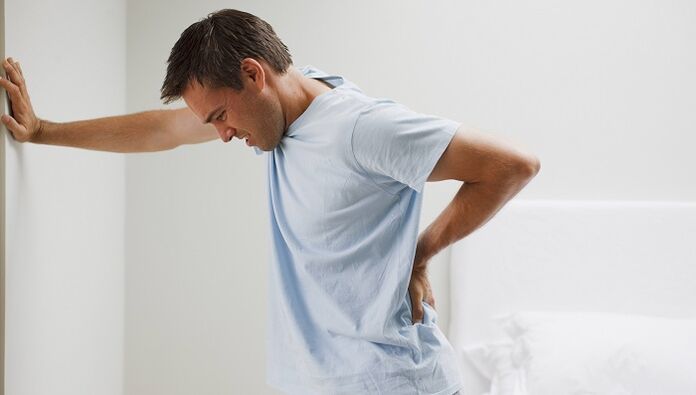
What signs in this case are accompanied by lumbar osteochondrosis?Symptoms during this period can be different.The fact is that the damaged intervertebral disc begins to squeeze the nerve root, which is accompanied by a "radical syndrome" installed.
At the same time, the patient interferes with the sensitivity of the zone is isolated by the compressed nerves.As a rule, a slight numbness and tingling occur at first, but if there is no treatment, complete loss of sensitivity may occur.This is often accompanied by a decline in motor activity, gradual atrophy, and sometimes complete paralysis.
In this way, based on the localization of these changes, we can assume which vertebrae is affected by the disease.For example, if changes or loss of sensitivity are observed in the heel, and the pain provides to the calf muscles, the possibility of a patient has lumbosacral osteochondrosis.
In some patients, the "horse tail syndrome" is adhered to, which is associated with compressing the root bond, which occurs in the lumbar and spinal cord.This condition is characterized by a violation of the foot motor function, as well as various disorders of the pelvic organs.
Lumbar osteochondrosis: the fourth stage symptom
At this stage, all intervertebral joints and ligaments are already involved in the process.In addition, there is an intervertebral disc fibrosis, where all its elements are replaced by compact scars.
In this way, at this time, patients can improve.But the movement of the spine, lower back and feet is very limited.
Modern diagnostic methods
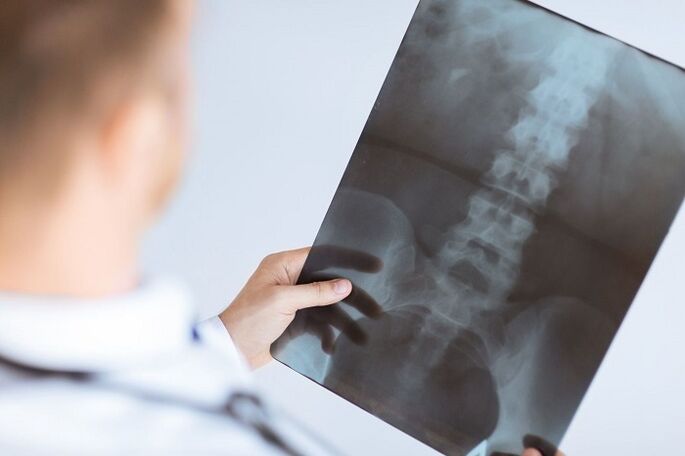
In the presence of constant pain and discomfort at the bottom, you should consult your doctor.Only experts can determine spinal lumbar osteochondrosis.Diagnosis in this case includes several stages.
Starting, doctors will conduct general examinations, check reflexes, presence of radicular syndrome, as well as mobility levels and so on.It is necessary to collect full history, as in this case, it is important not only to make a diagnosis, but also to determine the cause of the development of the degenerative process.
The diagnosis laboratory method in this case has no significance.Therefore, patients are mainly directed to spinal radiography.Picture X -ray allows you to see the intervertebral gap narrowing, as well as determine the presence of bone growth and seal on the vertebral surface.
For a more accurate assessment of the patient's condition, magnetic resonance and tomography are also carried out, these studies provide a clearer picture of degenerative changes in the spine.
What are the complications related to the disease?
It is not necessary to see this trivial disease.In the absence of timely therapy, the patient has to deal with not only the pain and limitations of mobility, but also with more serious consequences.
In particular, the deterioration of the intervertebral disc leads to the formation of hernia.In addition, nerve root compression affects the work of many organs, including the urinary system, sexual, and sometimes digestive.In some cases, the disease leads to paralysis of the lower back and muscle atrophy.Changes in practical osteochondrosis cannot be restored, so it is important to start therapy in time.
Treatment of osteochondrosis drug
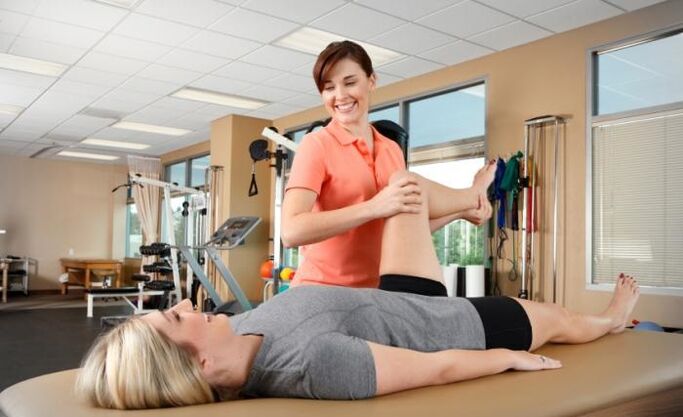
Only doctors know how to treat lumbar osteochondrosis.With such a disease, therapy is individually selected, as it depends on many factors, including the individual characteristics of the patient's body.However, it should be noted that the treatment of osteochondrosis is a long and complex process.
Of course, the patient is prescribed for some medication.Often, the disease is used below.
- In the early stages of treatment, chondroprotectors were used - drugs that prevent the process of degeneration of the cartridge tissue.
- In the second stage, the treatment of lumbosacral osteochondrosis may include the use of anti-inflammatory drugs that eliminate the pain and inflammation.
- Muscle spasms are eliminated with muscle relaxants.
- Local anesthetics are used for severe pain.For example, pain is blocked by injection of painkillers.
- Older patients are recommended to take multivitamin complexes.
- Therapy also includes vasodilating drugs that improve blood circulation and trophic tissue.
Another method of conservative treatment
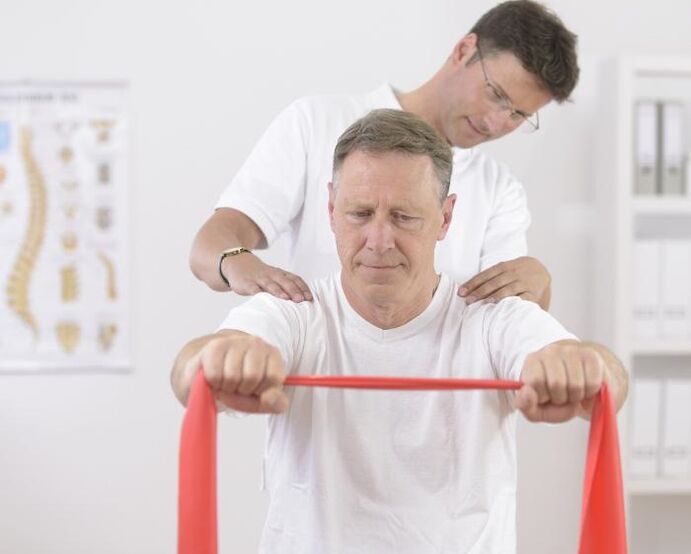
Of course, it is impossible to get rid of the disease with the help of drugs only.Lumbosacral osteochondrosis treatment includes other steps.In particular, therapeutic massage has a positive effect.Normal sessions help eliminate muscle cramps and improve blood circulation in tissues.
Gymnastics with lumbar osteochondrosis is very important.The training set is selected by the doctor or physiotherapist present.Physical education helps restore mobility, improves blood circulation, eliminates pain.Of course, classes should be familiar.On the other hand, with the presence of acute pain, physical activity is contraindicated, during this time the patient needs a tight bed rest and wear a special corset, which relieves the burden of the spine.
In addition, several physiotherapy methods are also used.In particular, ultraviolet radiation is considered effective (eliminating cramps and pain), magnetotherapy, laser therapy, electrophoresis (helps relieve inflammation and pain), as well as Balne treatment.
When is surgical intervention required?
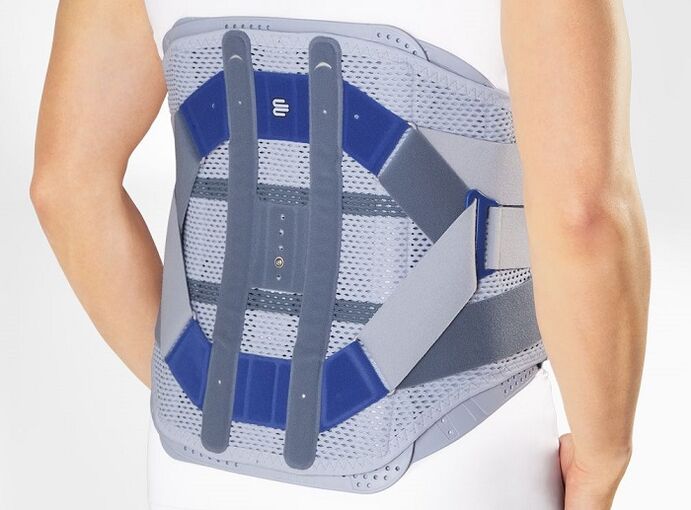
Unfortunately, not in all cases, conservative treatment is possible, especially if the patient has an intervertebral hernia diagnosis.Indications for surgical intervention are also a "bone tail" syndrome, as well as severe nerve compression.
To date, there are many techniques for such operations.Often, called microsurgical, as well as endoscopic procedures, are also performed to eliminate pressure on the blood vessels and nerves.


















